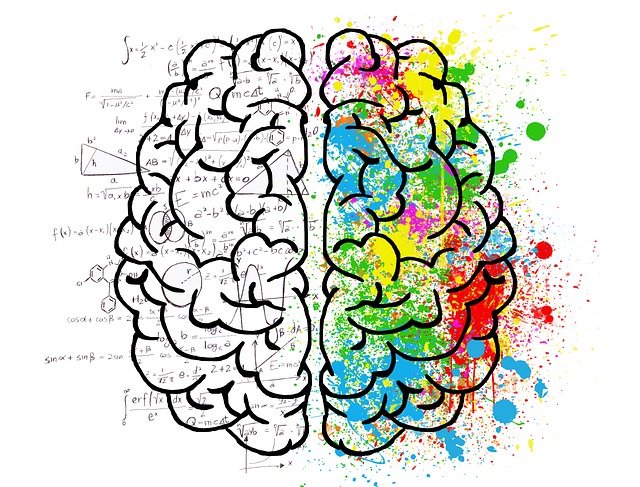Sign up for our daily edtech news briefing today, free.
As social emotional health comes to the forefront of K-12 education, and as events like the coronavirus pandemic underscore the need for mental health awareness, schools play a critical role in identifying and addressing student mental health needs — and then intervening and providing the appropriate support. Approximately 49% of K-12 students may face a mental health condition during their time in school. Left untreated, these issues can impact their academic progress, behavior, and safety, and contribute to problems such as chronic absenteeism, dropouts, and issues with grade-level advancement.
There are some warning signals that teachers, counselors, and administrators should be aware of when working with students (and that parents can also use with their own children). Here are five mental health conditions that are fairly common among adolescents and some tips for how to recognize them according to DSM 5:
- Separation Anxiety Disorder. Persistent and excessive worry related to being separated from a parent/guardian Students may have difficulties at the start of the day or at various times throughout the school day. Children may refuse or resist separating from parents at drop-off. They may frequently complain of stomach aches, headaches, or other physical symptoms when anticipating separation. Since many students have experienced extended uninterrupted time with caregivers due to the pandemic, it stands to reason that separating from parents/guardians may be challenging for many children.
- Social Anxiety Disorder. Persistent and intense fear related to social situations. The child may have feelings of inferiority, embarrassment, or fear related to performance. Students may have a persistent and severe fear of being judged, be excessively self-conscious, or have intense worry about doing something embarrassing. This condition can be debilitating and lead to avoidant behaviors; it can also make it difficult for students to attend class, participate in class, or socialize with peers.
- Generalized Anxiety. Excessive worry about a wide variety of things. Students with generalized anxiety may be persistently preoccupied with interpersonal relationships, health, performance in school, or extracurricular activities. Children may exhibit fatigue, malaise, restlessness, or irritability. These children may be perfectionists, are often self-critical, and may be overly concerned with outside approval.
- Obsessive-compulsive Disorder. Persistent intrusive thoughts, obsessions, and/or compulsive behavior and urges. Students with OCD often attempt to relieve anxiety and stress or neutralize them by frequently performing rituals and routines like counting or washing their hands. Students may be excessively worried about dirt, germs, bacteria, or overly concerned with order. Children with OCD may also have an excessive hear of danger, have compulsions to repeatedly wash hands or repeatedly lock doors or windows. They may be fixated on arranging objects in a particular order, repeat words or phrases, or count objects of behaviors regularly.
- Post-traumatic Stress Disorder. A set of symptoms that arise in response to having directly witnessed or experienced a traumatic event that caused or threatened to cause injury or death to themselves or a loved one. Symptoms may develop quickly after a trauma or over time (weeks to years) and may not be immediately evident following a trauma. Children with PTSD may experience intense fear, anxiety, irritability, have a flat affect, or avoid people or places (especially those that may trigger thoughts of the traumatic event). Students may also experience hypervigilance, negative thoughts, flashbacks, or nightmares. These symptoms may significantly impair a student’s ability to focus on school or form relationships with peers and teachers.
A good support structure
While districts and schools both can play a vital role in identifying and supporting students, many lack the resources needed to provide adequate mental health counseling services. To help, companies like LearnWell partner with school districts and families to provide counseling support for students with emerging mental health needs, academic support for students during mental health treatment, and counseling and tutoring support as they transition back into the classroom. By leveraging these services, schools will have additional resources to support social emotional wellness across the entire student body.
James Hickey is a licensed clinical social worker and the president of Comprehensive Counseling. He also serves as the vice president of counseling services at LearnWell.
___________________________________________________________________________
Like this article? Sign up for our Edtech news briefing to get news like this in your inbox, or check out all of SmartBrief’s education newsletters, covering career and technical education, educational leadership, math education and more.
More from SmartBrief Education:
- Free resources for educators during the coronavirus pandemic
- Distance learning while respecting students’ home lives
- 8 ways to make vocabulary instruction more effective
